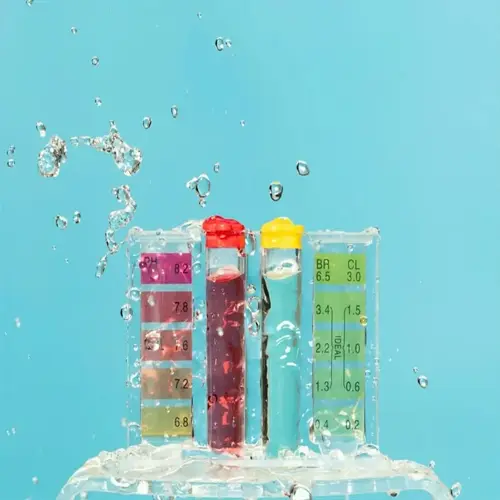Can you use garden soil in raised beds?

Written by
Paul Reynolds
Reviewed by
Prof. Samuel Fitzgerald, Ph.D.Using garden soil in raised beds causes compaction and drainage failure. The native soil lacks the structure and aeration needed in contained situations. It becomes compact and restrictive, preventing roots and moisture from moving around. I have replaced many a failed bed with good soil mixes after observing the struggles of plants in compacted garden soil.
Screened Topsoil
- Provides mineral content and soil structure foundation
- Select loamy topsoil with balanced sand/silt/clay
- Screen to remove rocks, roots, and contaminants
- Use 45-50% of total volume for stability
Compost & Nutrients
- Adds organic matter for microbial activity
- Use 30% well-aged compost or manure
- Provides slow-release nitrogen and micronutrients
- Balances pH and improves water retention
Drainage Amendments
- Perlite or rice hulls for aeration (15-20%)
- Coarse sand for clay soils (10-15%)
- Creates air pockets for root respiration
- Prevents compaction during wet seasons
Pasteurization destroys pathogens in soil mediums. Heat the soil in hot water to 180°F (82°C) for 30 minutes to kill weed seeds and diseases. For solar pasteurization in the summer, it is a matter of placing the soil in clear plastic for six weeks. I always pasteurize any soil used to avoid introducing diseases and weed seeds into the raised beds.
Amend mixtures according to plant requirements. Root crops require more sand for drainage, leaf crops profit from having more compost. Tomatoes require equal amendments. Conduct a drainage test once a month by observing how long it takes for the water to soak in after irrigation. Good soil should absorb the water within ten minutes after the irrigation is applied, and there should be no surface water.
Refresh your mixture annually to maintain the blend. Each spring, remove the top 3 inches of the plant. Replace it with the same mix of compost and amendments. This maintains the soil's structure without completely redoing the entire bed. I have performed this refresh for over five years now to keep beds productive, while avoiding problems associated with compaction.
Read the full article: 10 Essential Raised Bed Drainage Fixes

